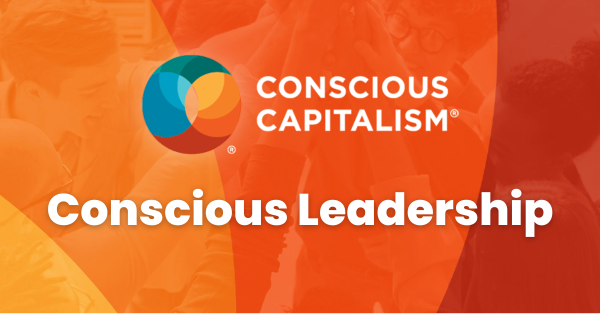Let’s take a walk through the four values and 12 principles that have impacted lives since its publication in February 2001.
Manifesto for Agile Software Development

We are uncovering better ways of developing software by doing it and helping others do it. Through this work we have come to value:
Individuals and interactions over processes and tools
Working software over comprehensive documentation
Customer collaboration over contract negotiation
Responding to change over following a plan
That is, while there is value in the items on the right, we value the items on the left more.
Principles Behind the Agile Manifesto
We follow these principles:
Our highest priority is to satisfy the customer through early and continuous delivery of valuable software.
Welcome changing requirements, even late in development. Agile processes harness change for the customer's competitive advantage.
Deliver working software frequently, from a couple of weeks to a couple of months, with a preference for the shorter timescale.
Business people and developers must work together daily throughout the project.
Build projects around motivated individuals. Give them the environment and support they need and trust them to get the job done.
The most efficient and effective method of conveying information to and within a development team is face-to-face conversation.
Working software is the primary measure of progress.
Agile processes promote sustainable development. The sponsors, developers, and users should be able to maintain a constant pace indefinitely.
Continuous attention to technical excellence and good design enhances agility.
Simplicity--the art of maximizing the amount of work not done--is essential.
The best architectures, requirements, and designs emerge from self-organizing teams.
At regular intervals, the team reflects on how to become more effective, then tunes and adjusts its behavior accordingly.
The wording is human-centric and behavior-focused. The authors may have recognized traditional approaches to developing software were missing a concept that Toyota Motor Corporation recognized in The Toyota Way with “respect for people” and in the Toyota Production System as “the customer 1st”.
The human aspect of business was also recognized by management consultant, educator, and author Peter Drucker. Drucker wrote, “The single most important thing to remember about any enterprise is that there are no results inside its walls. The result of the business is a satisfied customer.” The authors of the Agile Manifesto understood the concepts above and set the stage for culture change in software development.
Peter Drucker
Today, the Agile Manifesto’s influence shows up in many places within businesses from human resources to marketing and across industries from aerospace to energy. As well, large consulting firms have made Agile a commodity concept with playbooks built around transformation.
Is this what the authors of the Agile Manifesto intended? Probably not.
It is worth going back to revisit the frustration that ignited the evolution seen today. Many things have changed in the 20 years since the Manifesto was made public, like the recognition of the need for dedicated teams and team psychological safety. It is time to get back to the heart of the Manifesto, to return to the values and principles that have transcended an engineering discipline. It is time to go back to the future.




